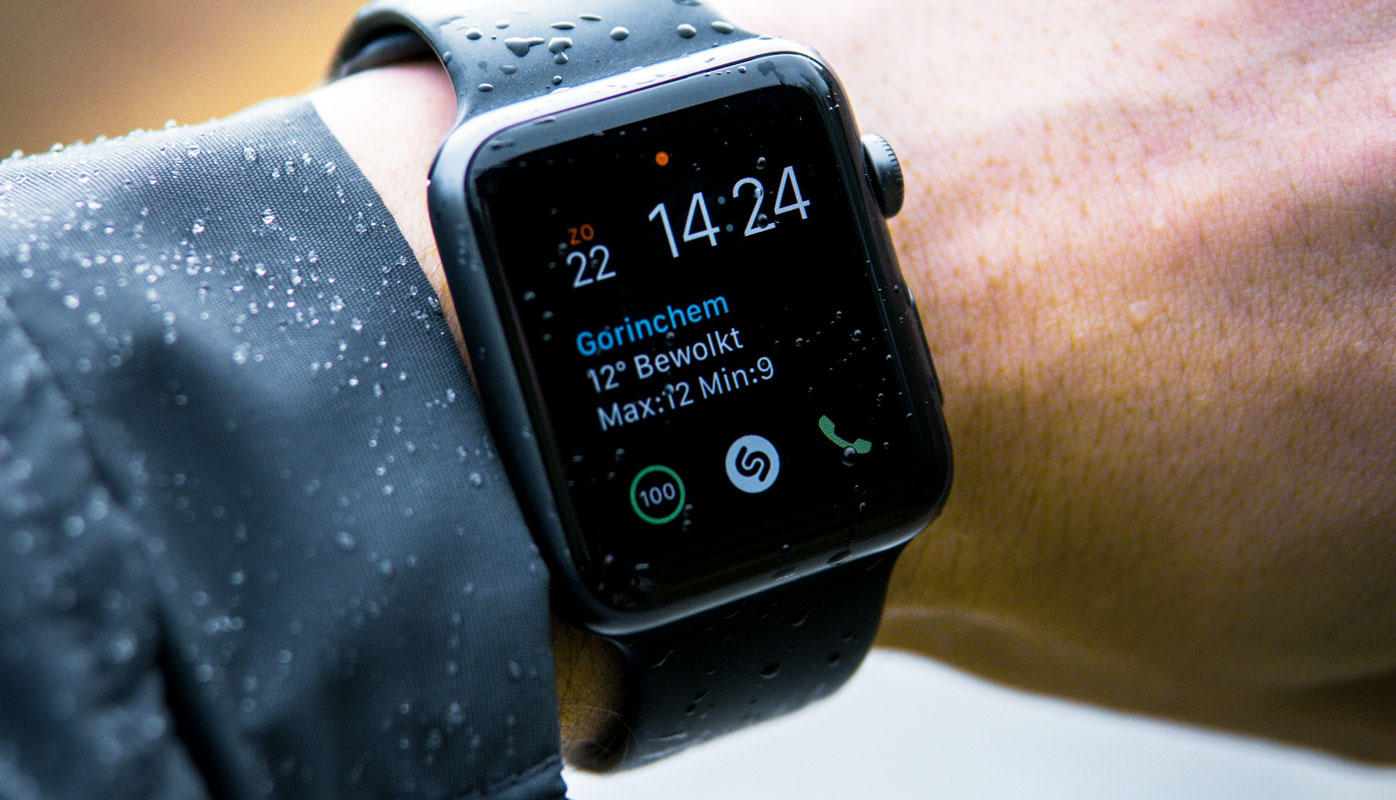The race towards 5G technology is rapidly advancing, with T-Mobile and AT&T leading the way by preparing to launch devices powered by RedCap, a specialized 5G specification tailored for Internet of Things (IoT) devices. This new development marks a significant milestone in improving the efficiency and power management of various IoT products such as wearables, sensors, and surveillance cameras. With RedCap, these devices will benefit from low-bandwidth connections, extended battery life, and reduced costs, making them more accessible to consumers. As RedCap technology takes shape, it promises to revolutionize how smart and wearable tech operate, offering a more energy-efficient solution for everyday gadgets that rely on 5G networks.

What is RedCap in 5G?
RedCap, short for Reduced Capability, is a specialized version of 5G that focuses on low-bandwidth connections. Unlike traditional 5G, optimized for speed and high-powered devices, RedCap is ideal for wearables, sensors, and surveillance cameras. According to Oracle, this makes such gadgets more power-efficient and cost-effective, extending their battery life without requiring high-powered antennas or fast throughput.
The Future of Wearable and Smart Devices
As RedCap technology progresses, it could revolutionize devices such as smartwatches, XR glasses, and other portable IoT products. These gadgets, which don’t need super-fast speeds, will benefit from longer battery life and lower cost. This is expected to make cellular-connected devices more accessible to consumers, potentially leading to an influx of new products.
Qualcomm’s Role in RedCap Devices
The early wave of RedCap-enabled products will likely utilize Qualcomm’s Snapdragon X35 chipset launched last year. Qualcomm’s announcement mentioned that companies like T-Mobile and AT&T plan to incorporate this modem into their devices. This marks the beginning of the rollout of 5G RedCap devices, which we might hear more about during CES next year.
Predicted RedCap Device Types
According to experts, the first RedCap devices will likely include wearables and Mi-Fi pucks. Mi-Fi devices are mini-routers that convert 5G signals into Wi-Fi, providing enhanced internet connectivity for mobile users. These devices, powered by RedCap, would be cheaper to manufacture and run, making them ideal for everyday use.
Network Infrastructure for RedCap Devices
The rollout of RedCap devices signals confidence in standalone (SA) core networks. T-Mobile activated its nationwide 600 MHz 5G SA core in August 2020, while AT&T began deploying its SA core in late 2022. Verizon has yet to announce a launch date for its RedCap devices, but industry experts believe they are working behind the scenes.
What Does This Mean for Consumers?
Introducing RedCap-enabled devices means more affordable IoT products with improved consumer power efficiency. The possibilities extend beyond wearables, including smart homes, surveillance systems, and industrial applications. RedCap could make the next generation of IoT products more practical for everyday use by reducing the need for high-powered antennas.
Wrap Up
The launch of 5G RedCap devices marks a pivotal moment in the ongoing IoT revolution, with major carriers like T-Mobile and AT&T leading the charge. This new technology promises to bring a wide range of affordable, power-efficient devices to the market, enhancing the capabilities of Internet of Things (IoT) products such as wearables, sensors, and smart home systems. As 5G technology continues to evolve, RedCap is set to play a critical role in delivering low-bandwidth, energy-efficient solutions that extend battery life and reduce costs.
This development opens the door to a more connected and cost-effective future, where everyday devices are seamlessly integrated into our lives through the power of 5G networks. With its focus on efficiency and accessibility, RedCap is shaping the future of IoT devices, offering consumers more options while reducing the burden on power consumption and overall expenses.

Selva Ganesh is the Chief Editor of this Blog. He is a Computer Science Engineer, An experienced Android Developer, Professional Blogger with 8+ years in the field. He completed courses about Google News Initiative. He runs Android Infotech which offers Problem Solving Articles around the globe.



Leave a Reply